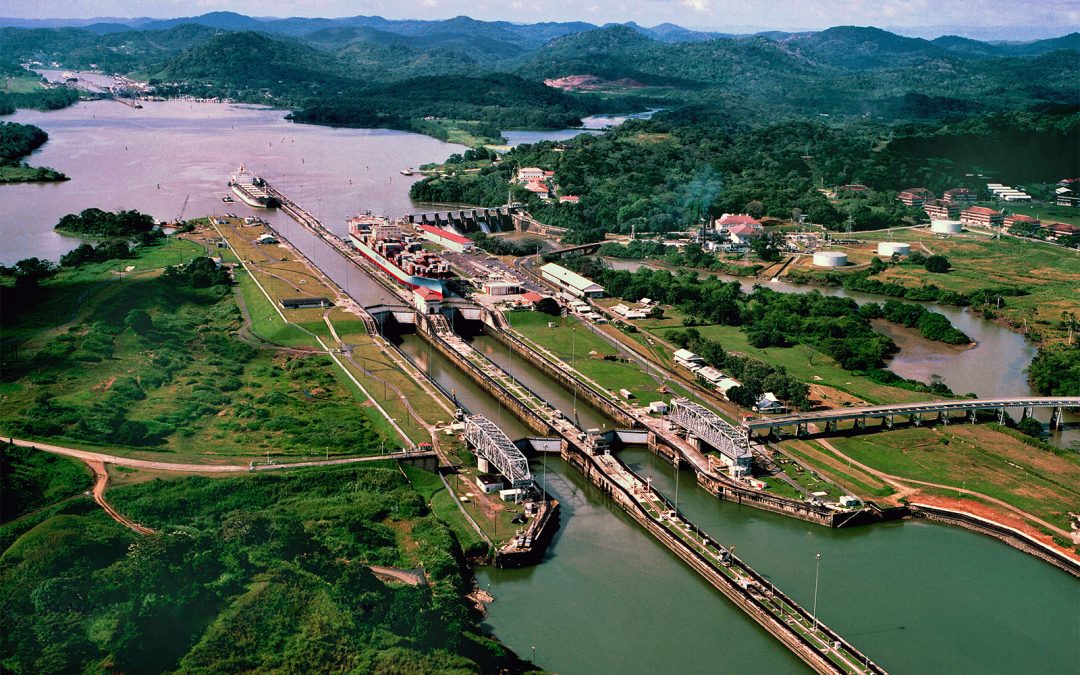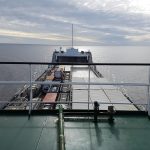Growing fleet capacity and stable Panama Canal flows have kept Very Large Gas Carrier freight rates out of Houston to Northwest Europe and the Mediterranean subdued at over month lows, market sources said.
Increased new build capacity, expected to come online in the New Year, and easing Panama Canal constraints which bolstered prices to record highs the year prior, have kept values rangebound in recent months.
“[Freight rates] are lower year on year for sure… [There are] none of those Panama Canal issues,” a source said.
Platts, part of S&P Global Commodity Insights, assessed VLGC rates from Houston to Northwest Europe at $58/mt Nov. 21, down $2/mt from the previous week, while rates on routes to Morocco also fell $2/mt to $55.25/mt, both the lowest levels since Oct. 16.
Rates on alternative routes to China, Japan, stood at $107/mt, up $2/mt week on week, Commodity Insights data showed.
In comparison, rates to NWE and Morocco stood at $135/mt and $127.75/mt, respectively, for the same date in 2023, Platts data showed.
Freight rates soared in2023 on the back of severe drought at the Panama Canal, triggering restrictions on the use of the key trade route. As such, values spiked to record highs as traffic was controlled and LPG exporters considered alternative routes, notably via the Cape of Good Hope, adding further pressure to the complex.
Throughout 2024, however, transit counts have recovered considerably, with the LPG segment leading this recovery on record VLGC transits, according to Commodity Insights analysts.
“The water levels in [Panama’s] Gatun Lake are improving, raising hopes for minimal climate-related disruptions through 2024 and 2025,” the analysts said. “However, an increasing order book for VLGCs and Very Large Ethane Carriers poses capacity challenges for the canal.”
Growing Fleet Capacity
Increased LPG vessel capacity in both the VLGC and Medium Gas Carrier segments are expected to add greater length to the market and potentially increase spot appetite, according to one source. Currently, large swathes of the LPG shipping market are utilized under time charter.
“I’d say it’s going to see more spot as the new MGCs come,” the source said, adding that new MGCs should be entering the market over the next one to three years.
“A lot are DF Ammonia so once there’s enough product to accommodate the tonnage they’ll be moving into that business. Everyone built Ammonia Carriers as the production was expected to come online by 2026-27. Now that’s slipped with some saying more likely 2030-32,” they added.
Due to the nature of the gas carriers, the ships will first carry LPG, adding greater tonnage capacity which could keep rates under pressure, before moving into the Ammonia segment.
Overall, while freight rates are currently subdued, market sources remain uncertain about how future dynamics will look. For example, geopolitical challenges, such as an escalating Iran-Israel conflict, could tighten vessel availability and shift market fundamentals once again.
Source: Platts





